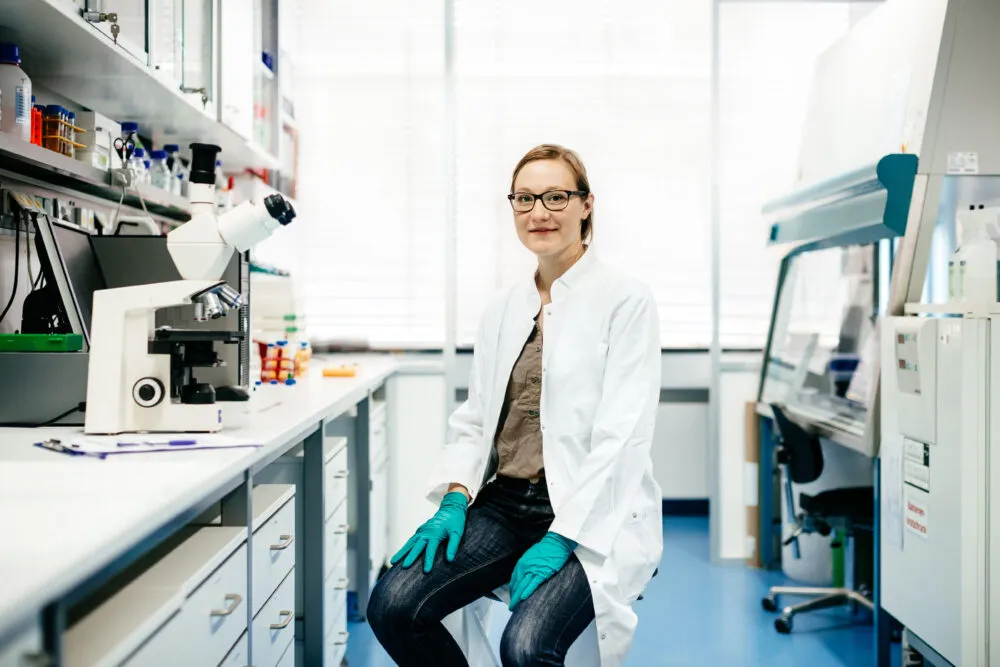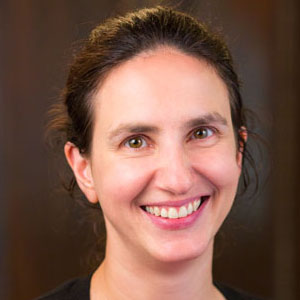In 2021, 23 per cent of students taking a physics A-Level in England were female. Five years ago it was 21 per cent, so any progress is glacial. Last week, while giving evidence to the parliamentary Science and Technology Committee, Katharine Birbalsingh, a head teacher and chair of the government’s Social Mobility Commission, was asked why this was, particularly in reference to her own school where only 14 per cent of physics A-Level students were female. She replied that they just didn’t like it and were put off by the hard maths. The evidence suggests otherwise.
Firstly, in 2021 girls did (a bit) better than boys in both GCSE and A-Level maths. Secondly, the maths in physics A-Level cannot be harder than the maths in maths A-Level – and 39 per cent of maths A-Level students nationally are girls (and 59 per cent in Birbalsingh’s school). So given girls do very well at maths when they take it and are much more likely to study maths at A-Level than they are physics, it doesn’t follow that it’s the maths that is putting them off. So what is behind the gap?
Let’s start with A-Level choices. When students choose their A-Level subjects, they are influenced by three main considerations: what they want to do as a career (including university requirements if relevant), how much they like each subject at GCSE, and what their friends are doing.

An Institute of Fiscal Studies report found that while girls see science and technology careers as well-paid and secure, they are put off by their (accurate) perception of them being male-dominated, particularly the physical sciences, engineering and computer science. In sciences, where women are at least equal in career representation, there is high female representation at university, for example: medicine (59 per cent female), biology (60 per cent female) and veterinary science (almost 80 per cent female) .
All these subjects place a greater emphasis on biology and chemistry A-Levels rather than physics. This results in a negative feedback loop where girls are drawn towards fields with more women and pushed away from fields with fewer women. It’s also a hard loop to get out of, since today’s A-Level students are tomorrow’s scientists. The Institute of Physics discusses the problem of little knowledge among students of the variety of careers that a physics qualification can lead to, and that many physics teachers feeling unconfident in including discussion of science careers in the classroom.
Then there is the question of how much girls like the subject at school. The Institute of Physics and Institute of Fiscal Studies both highlight that girls are less satisfied with physics teaching at school than the other sciences. Compounding this issue is that girls are less likely to see themselves as physicistsand are also less confident in their ability, despite performing just as well as boys.
The reasons for this are many – and go all the way back into infancy. Parents differ in how they judge the ability of sons vs daughters in toddlerhood, in how they praise their children, and in unfounded assumptions about how hard girls need to work to do well at maths and its importance for their child’s education. This carries over into schools, with teachers tending to overestimate boys’ ability and underestimate girls’ ability in maths.
The Institute of Physics warned explicitly about the need for a whole school approach to avoid lazy stereotypes around girls and physics, as even stray comments can have great cumulative impact on girls as their contemplate their futures. As an interesting and relevant aside, the proportion of female computer science graduates in the US dropped precipitously from 33 per cent in the early 1980s to under 20 per cent now – a decline precipitated by the introduction of the personal computer and marketing campaigns aimed almost exclusively at boys.

It is natural that students will be additionally influenced by which subjects their friends are picking. A study from Switzerland showed that even when girls and boys start the school year with similar levels of interest in science, this changes under the influence of their peer group, with girls starting to prefer science less. In single sex schools, both boys and girls are more likely to choose physics at A-Level, but the effect is much more pronounced for girls. The mirror problem actually exists for boys and subjects like English, languages and psychology, which can be seen as ‘girl subjects’. Again, take up of these is higher by boys in single sex schools.
All of the above issues are interconnected but I believe they are made worse by our curriculum. England is very unusual in high income countries by asking 16-year-olds to specialise in three main subjects – in most countries, students take at least five and often many more subjects until they leave school. One immediate impact of the ‘three subjects at A-Level’ norm is that anyone considering science as a career is forced to effectively choose at most two out of three of chemistry, biology and physics, since maths A-Level is important across the sciences.
As discussed above, the more popular university subjects and careers for girls do not require physics. This deprives many girls of discovering a love of the subject as they explore more advanced concepts at A-Level. A second impact is that as girls perform better across the board at GCSE, they have more options at A-Level. If a student also enjoys humanities, the choice of A-Levels becomes even harder. Poorer performance at GCSE humanities subjects also deprives many boys of reaching their potential in those fields and should not be ignored.
Physics, maths, engineering and computer science are fascinating subjects dealing with topics from the very nature of existence to inventing new technology – both software and hardware – that can transform our lives and address society’s biggest problems.
They offer entry into well-paid, interesting and diverse careers. More women pursuing careers in the physical sciences is good for women, good for science and good for society. There are solutions (and participation of women in physics degrees is much higher in some other countries), but they involve both addressing differences in how we treat boys and girls from the moment they’re born, and thinking again about how early we are asking our young people to specialise in their education.
- Visit the BBC’sReality Checkwebsite atbit.ly/reality_check_or follow them on Twitter@BBCRealityCheck
Read more reality checks:
